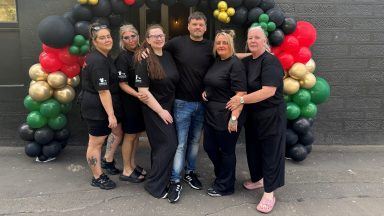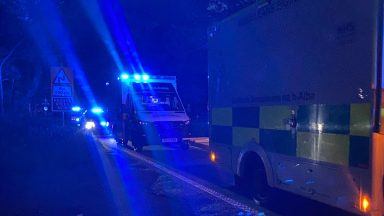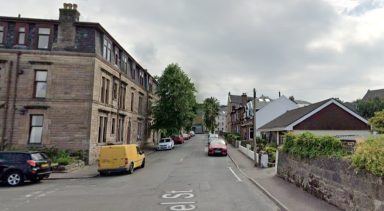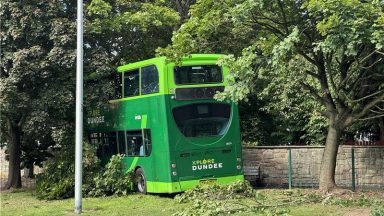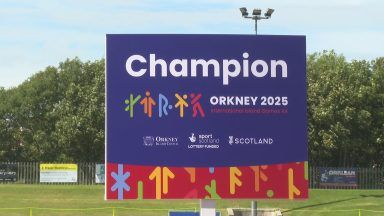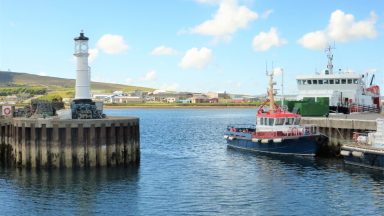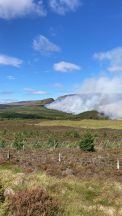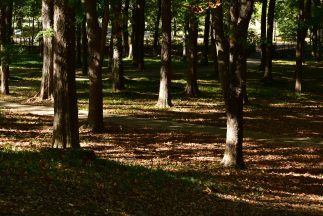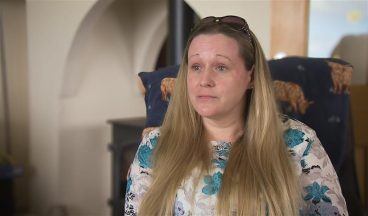A plan to add up to 101 new homes at Wester Inshes is recommended for approval at a council planning meeting this week.
The proposal by RF More (Properties) Ltd attracted 15 objections, including one from the local community council.
Locals say the area is at risk of over-development and raised concerns about green space, trees and wildlife.
However, council planners say the developer has done enough to address those worries.
The application is up for approval at a meeting of south planning committee this Thursday.
The Wester Inshes plan is the second phase of development around the Inshes Farm area of Inverness.
Developer RF More wants to develop the 8.4 hectares of farm land into a large housing complex. This would include 81 new homes and 30 self-build plots.
Planning documents propose a mix of seven detached homes, 20 semis and 32 cottage flats alongside the self-build options. One quarter of the homes would be affordable.
Two new roads would provide access to the new Wester Inshes housing development, both crossing Dell of Inshes Road.
The northern access would meet Cloverfield Road while the southern access connects up with West Park Avenue.
The developer would also provide two access roads for pedestrians and cyclists.
Highland Council planners say the proposals are in line with the Inner Moray Firth Local Development Plan (IMFLDP).
However, Inshes and Milton of Leys community council has lodged an objection, questioning the need to build so many homes on this site. They also flag up concerns about traffic, infrastructure, neighbours’ amenity and the environment.
They’re not alone in those worries, with 15 members of the public also lodging formal objections.
The planning papers reveal a long list of concerns. One of the biggest issues is a general sense that 101 homes is too many for this plot of land.
Objectors say the proposal is an over-development of the site, the self-build plots are too small, and there will be a loss of light and privacy for existing residents.
The developer plans to retain an existing detached house which sits in the middle of the site. At the north of the site, the new homes will sit close to two more homes including the C-listed Helen’s Lodge.
The community council fears the development will have a negative impact on neighbouring properties, especially Helen’s Lodge.
They also raise concerns about road safety on the busy Dell of Inshes Road and around the primary school.
And they highlight recent flooding in the area, suggesting the new development could also be at risk.
However, Highland Council believes the plans are suitable.
The local development plan suggests the plot can take up to 100 homes, so the proposal for 101 is fine. The applicant had originally planned to have only one access road to the development, but has now added the second road, satisfying the transport planning team.
Meanwhile, they say the development is at low risk of flooding, and point out that the applicant has revised its plans to include a larger SUDS basin on site.
The environmental issues are perhaps tougher. The agricultural area includes hundreds of trees and is also home to bats and badgers.
The Wester Inshes housing development would require 91 trees to be felled – that’s one quarter of the trees on site. Of particular concern are the trees in the western boundary, which are subject to a Tree Preservation Order.
Here, Highland Council has a bit of a problem. It asked the developer to provide a southern access road to ease traffic congestion, but this means felling trees in the TPO area.
The council’s forestry officer has reviewed the plans and is satisfied they’re as sensitive as possible. The council has concluded that “the tangible transport benefits outweigh the associated habitat and tree losses”.
Beyond the trees, the development would also see one of two badger setts removed, and a reduction in foragable habitat. The area is already home to three species of bat, and ecological surveys show it has potential for breeding birds, too.
As a result, the developer has provided more generous wildlife corridors – doubling the width of the southern habitat – and introduced sensitive green buffers and landscaping. The council points out that 75% of trees will be retained including a number of trees around the site perimeter.
The planning report concludes that the proposals “respect the site’s urban fringe location and established landscape character”.
It remains to be seen whether members of the south planning committee agree. Councillors will consider the application on Thursday August 18.
Follow STV News on WhatsApp
Scan the QR code on your mobile device for all the latest news from around the country


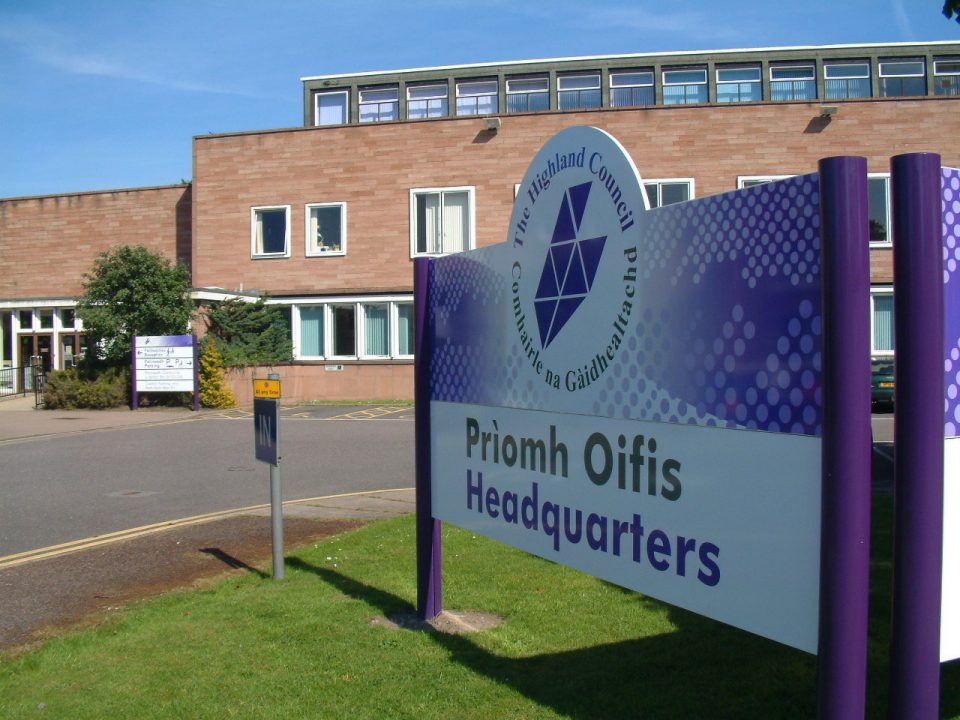 LDRS
LDRS